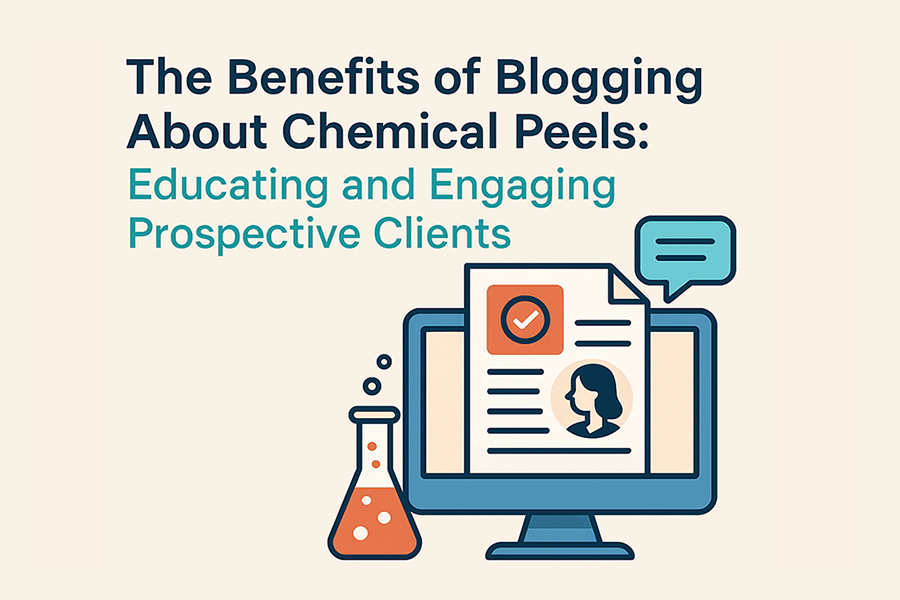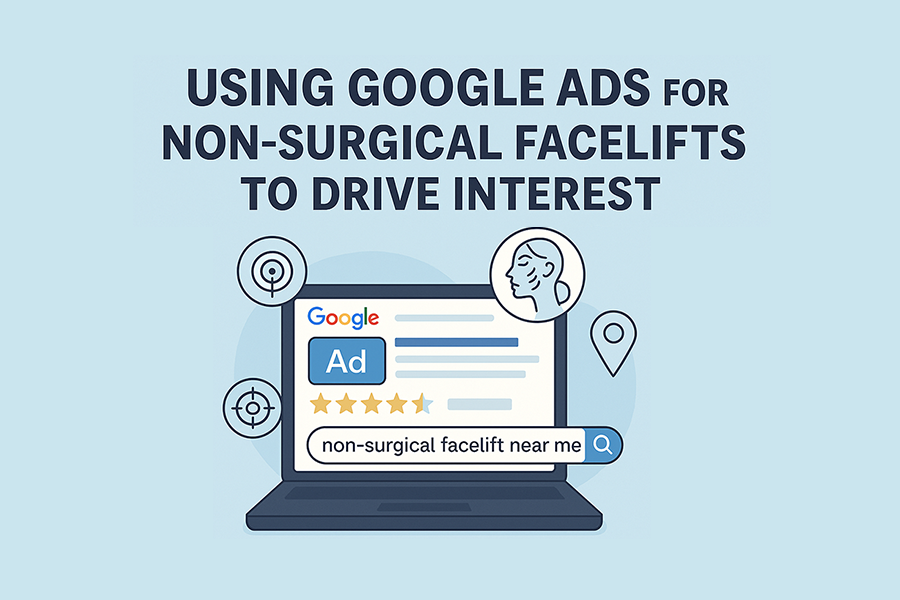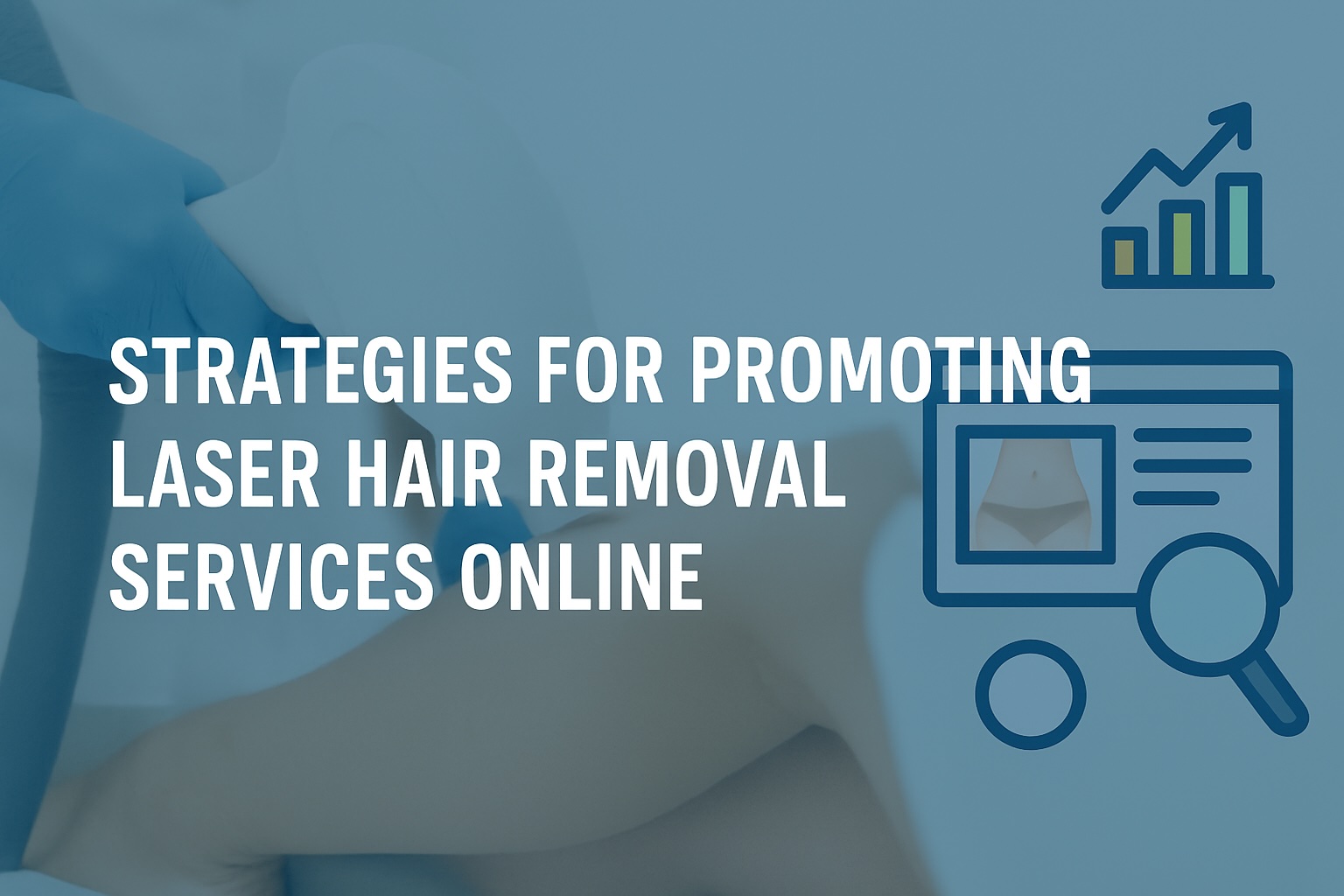
In today’s digital-first world, attracting medspa clients requires more than just traditional advertising. To stay competitive and relevant, medspas must invest in building a strong online presence. Two powerful tools that can help achieve this are content marketing and search engine optimization (SEO). By strategically aligning content marketing efforts with SEO best practices, you can effectively attract medspa clients, drive more traffic to your website, nurture leads, and ultimately convert them into loyal customers.
In this blog post, we will explore how you can use content marketing and SEO together to boost your medspa’s visibility, credibility, and lead generation.
1. Understanding Content Marketing and SEO
Before diving into the specifics, it’s essential to understand what medspa content marketing and medsp SEO entail and how they complement each other.
- Content marketing involves creating and sharing valuable, relevant, and consistent content to attract and engage your target audience. For medspas, this could include blog posts, videos, infographics, case studies, and even social media content that educates potential clients about your services and industry trends.
- SEO is the practice of optimizing your website and content to improve its visibility on search engines like Google. The higher your content ranks, the more likely potential clients will find your medspa when they search for related services (e.g., “best medspa near me,” “laser treatments in [city],” etc.).
Attracting medspa clients using content marketing with SEO allows you to create content that not only resonates with your audience but also ranks well on search engines, driving consistent and organic traffic to your website.

2. Start with a Comprehensive Keyword Strategy
SEO starts with keywords—the words and phrases people use when searching for information online. When you integrate SEO into your content marketing plan, your first step should be identifying the right keywords to target.
To attract medspa clients, focus on a mix of:
- Primary keywords: These are broad terms directly related to your services, such as “facials,” “Botox treatments,” or “laser hair removal.”
- Long-tail keywords: These are more specific search terms that often reflect a user’s intent, such as “best Botox treatments for wrinkles in [city]” or “affordable laser hair removal near me.”
Tools like Google Keyword Planner, SEMrush, or Moz can help you find keywords with high search volume and moderate competition. Once you’ve identified the right keywords, strategically incorporate them into your blog posts, service pages, and other content.
Example: If you’re creating a blog post about the benefits of chemical peels, use relevant keywords like “chemical peels benefits,” “chemical peel treatment in [city],” and “medspa services for skincare” throughout the post. Just remember to use them naturally—avoid “keyword stuffing,” which can hurt your rankings and readability.
3. Create High-Quality, Informative Content
To succeed in both content marketing and SEO, quality matters more than quantity. Focus on producing content that is informative, engaging, and valuable to your audience. Medspa clients are typically interested in learning about the latest treatments, beauty trends, and skincare tips, so your content should reflect that.
Here are some content ideas for medspas:
- Blog posts: Write articles that answer common questions, such as “What to Expect from a HydraFacial” or “The Benefits of Laser Hair Removal.”
- Video tutorials: Create short videos showcasing your services or giving beauty tips. Videos are particularly shareable and engaging.
- Client testimonials and case studies: Showcase real client experiences to build trust and demonstrate the effectiveness of your treatments.
Pro tip: Use a mix of content formats, such as videos, infographics, and blogs, to keep your audience engaged and to rank for different types of search queries.

4. Optimize Your Content for SEO
Once you have high-quality content, the next step is to ensure it’s optimized for SEO. Here’s how you can do that:
- Title Tags and Meta Descriptions: These are the first things users see in search results. Make sure your title tags are compelling and contain relevant keywords. Meta descriptions should provide a brief summary of the content, including a call-to-action (CTA) when appropriate.
- Headings and Subheadings: Organize your content with clear headings (H1, H2, H3, etc.) to make it easier for search engines and readers to understand the structure. Include keywords in your headings when possible, but ensure they flow naturally.
- Internal and External Links: Include links to other relevant pages on your website to improve user experience and help search engines crawl your site. Additionally, link to authoritative external sources to boost your content’s credibility.
- Image Optimization: If you use images or videos in your content, make sure they are optimized with alt text, filenames, and captions that include relevant keywords.
Example: If you publish a blog post on “The Best Non-Invasive Medspa Treatments for Anti-Aging,” use keywords in the URL slug (e.g., www.yourmedspa.com/non-invasive-anti-aging-treatments) and include internal links to your service pages on Botox, dermal fillers, and facials.
5. Consistently Publish Fresh Content
Consistency is key when it comes to content marketing and SEO. Search engines favor websites that regularly update their content because it signals that the site is active and relevant. This doesn’t mean you need to publish new posts every day, but setting a schedule for weekly or bi-weekly content is a good practice.
Pro tip: Repurpose existing content to maximize your efforts. For example, turn a popular blog post into a video or create an infographic from a case study. This approach keeps your content fresh without requiring constant new material.
6. Promote Your Content Across Multiple Channels
Creating great content is only half the battle. To maximize your reach, promote your content across different platforms, such as:
- Social media: Share your blog posts, videos, and infographics on Instagram, Facebook, and LinkedIn. Use relevant hashtags and geotags to target local clients.
- Email newsletters: Send updates to your email list featuring your latest content, promotions, or seasonal medspa services.
- Paid search ads: Use PPC campaigns to boost the visibility of high-performing content and drive targeted traffic to your website.
When you distribute content through multiple channels, you increase the chances of attracting new clients while also driving traffic back to your website.

7. Track and Measure Results
To gauge the effectiveness of your content marketing and SEO strategy, it’s essential to track key performance indicators (KPIs) such as:
- Organic search traffic
- Keyword rankings
- Conversion rates (e.g., contact form submissions, service bookings)
- Engagement metrics (e.g., time on page, bounce rate)
Google Analytics, Google Search Console, and SEO tools like Ahrefs can provide insights into how well your content is performing and where there are opportunities for improvement.
Content marketing and SEO, when used together, are powerful tools for attracting more clients to your medspa. By creating valuable, keyword-optimized content that addresses your audience’s needs and questions, you can increase your website’s visibility, build trust, and generate leads. With a consistent effort and the right strategy, your medspa can establish itself as a leader in the beauty and wellness industry, ensuring long-term growth and client loyalty. Book a consultation to discover how attracting medspa clients can be easy with the help of Lead to Conversion’s medspa marketing experts.




